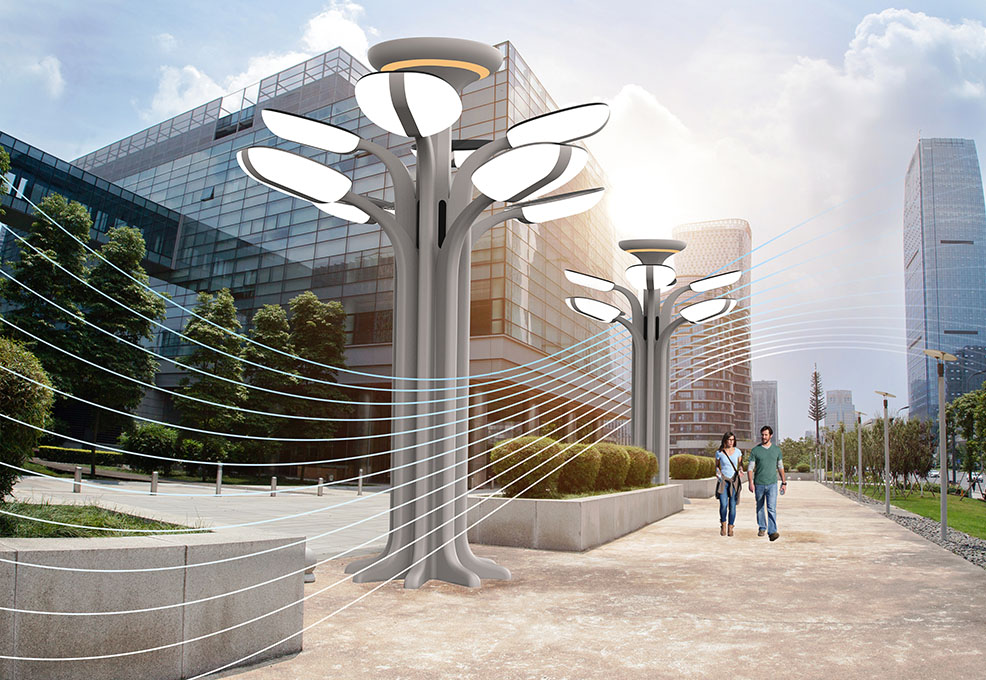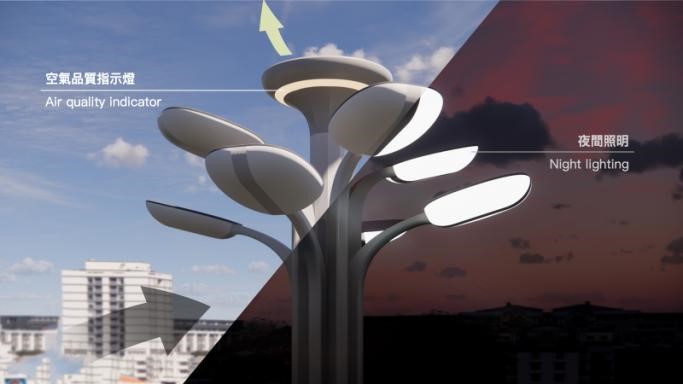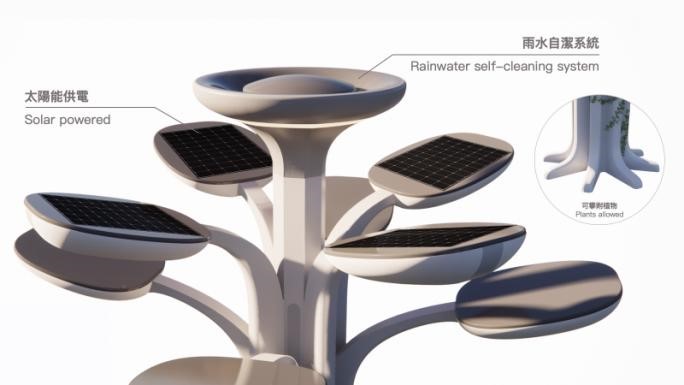Create a Secure Society with Robust Information Security Capability

Author(s)
Chien-Hsiung Chen, Lee-En Kao, & Liang-Yuan CheBiography
Dr. Chen is currently a full-time professor at the Department of Design in National Taiwan University of Science and Technology (Taiwan Tech). His cross-disciplinary research interests involve human factors in design, industrial design, user experience research, and user interface usability engineering.
Academy/University/Organization
National Taiwan University of Science and Technology-
TAGS
-
Share this article
You are free to share this article under the Attribution 4.0 International license
- ENGINEERING & TECHNOLOGIES
- Text & Image
- August 20,2020
Solving the problem of air pollution is a long-term challenge that requires global efforts. The Green Air Guardian is an air-cleaning public facility. It can be built alongside urban roads adopting the concept of street trees, and can be installed on the ground without soil. It mainly uses solar power and the electrostatic adsorption principle to help clean the air, and uses recycled rainwater to wash the adsorption walls inside the facility. Through these green energies, the overall system operation is driven to meet the sustainable development goal of the city. The establishment of each facility can be regarded as an air quality detection station, and the value of PM2.5 in each area can be reported in real time. If the value is too high, the facilities of the adjacent sites will be connected to help enhance the surrounding air purification to ensure a clean breathing environment for citizens.
All living creatures depend on sunshine, air, and water, which are the essential three elements for life. Air is closely related to human health. The effects of PM2.5 not only cause respiratory health problems, but also increase the risk of other chronic diseases, such as dementia, cardiovascular disease, diabetes, and intestinal inflammation. It even has a profound impact on climate change, water circulation, and agricultural development. Therefore, good air quality is crucial for sustainable ecological development, and is the primary focus of smart city development projects.
At present, the problem of air pollution continues to affect the world, and it is silently invading human health. According to the ranking of air quality cities by IQAir on June 22, 2020, Taipei City (AQI: 37) and Kaohsiung City (AQI: 25) ranked the 48th and 66th, respectively, with air pollution more serious than Hong Kong, Berlin, New York, and other cities. Although the air pollutants coming from outside the country are extremely difficult to prevent, domestic pollution, such as traffic emissions, is still within our scope for improvement. Controlling the air quality in cities pertinent to heavy daily traffic will not only benefit pedestrians and motorcycle riders, but also provide better working and living environments in ventilated buildings.
In the face of air pollution, in addition to decreasing pollution sources, many architects are thinking of building large-scale haze removal towers or adsorption towers in cities to help purify the air on a large scale. However, the construction cost of this measure can be high. It also requires enough open space, and the scope of cleanliness is still limited. It might not be able to fully penetrate the polluted streets and buildings to immediately protect human health.
Street trees are the natural scavengers in the city. Through the design transformation, air cleaning facilities can be planted in every corner of the city, just like street trees. With the image of "where there are trees, there is fresh air," the air cleaning facility is designed to look like a tree, and its form features also have corresponding functions. The solar panels on top of the leaves can convert sunlight into electricity so that the suspended particles in the air can be adsorbed on the inner diameter of the trunk through the electrostatic principle. On rainy days, these particles can be washed out by the rainwater, achieving a self-cleaning function. In addition, there is a lighting function under the leaf surface for shading and night lighting, while the color ring at the top of the tree indicates the level of air pollution detected in real time. The facility can be used as an air monitoring station to report local air quality data on a regular basis.


This facility can be installed not only on pavements and refuge islands but also on rooftops without soil or on roads with underground equipment, so as to improve the range of air cleaning and detection and fulfill the responsibility of environmental protection.

STAY CONNECTED. SUBSCRIBE TO OUR NEWSLETTER.
Add your information below to receive daily updates.




